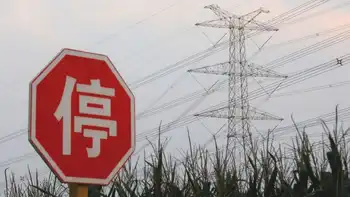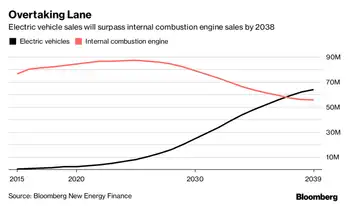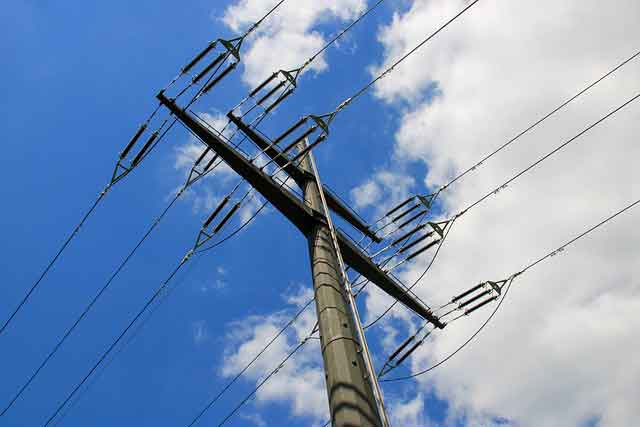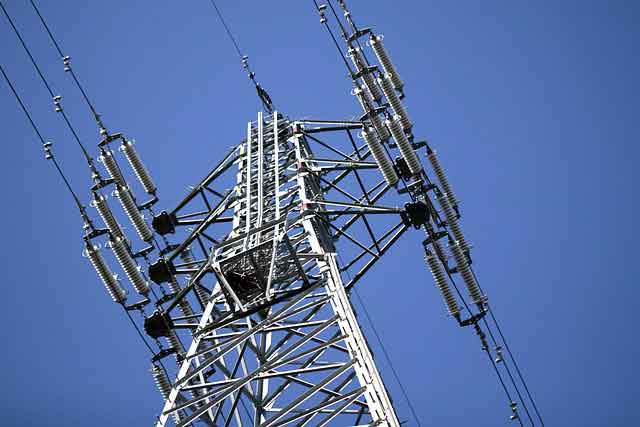Offshore wind to boom in next 6 years
BOULDER, COLORADO - Report forecasts that offshore wind to increase by a factor of 17 by 2017.
As global investment in wind turbines continues to increase and a greater percentage of the worldÂ’s electricity supply comes from wind energy resources, developers, manufacturers, governments, and investors are now turning their attention to offshore wind farms as a means of further expanding wind power capacity.
Despite key challenges facing the industry, a new report from Pike Research forecasts that investment in offshore wind power will surge in the next several years and as a result, total installed power generation capacity will increase between 2011 and 2017, rising from just 4.1 gigawatts GW of installed capacity to 70.1 GW by the end of the forecast period.
“Some of the world’s best wind resources are located offshore,” says senior analyst Peter Asmus. “Often, these high-potential areas are in shallow ocean waters relatively close to urban population centers. Interest in freshwater offshore wind is also picking up, especially in the Great Lakes in the United States and Canadian Midwest.”
Asmus adds that Europe has been operating wind turbines offshore for close to a decade. Denmark, which already obtains more than 25 of its total electricity from wind power, is a key pioneer. Nevertheless, the United Kingdom is the current market leader in Europe. Meanwhile, Germany – despite its limited coast on the North Sea – is also investing heavily in offshore wind.
The long-term offshore wind movement, however, is not limited to Europe. In fact, Pike ResearchÂ’s market forecast shows that ChinaÂ’s offshore wind market will pull even with EuropeÂ’s largest national leaders by 2017.
But Pike ResearchÂ’s analysis indicates that the offshore wind market is not without significant challenges, the most notable of which is cost. The cost of offshore wind generation is higher than for onshore wind, in some cases two to three times higher. This factor is driving the industry to deploy larger wind turbines of up to 5-10 megawatts MW in size in larger wind farms in order to achieve the best economies of scale.
Asmus says that the long-term fate of the offshore wind power industry may ultimately hinge on driving down the cost of energy COE closer to 10 cents per kilowatt-hour kWh by 2030, less than half of the current COE. Industry players are also focused on reducing the cost of installation, supporting infrastructure, and ongoing operations and maintenance through innovations related to vessels, foundations, and the optimization of port facilities.
Related News

China's Path to Carbon Neutrality
CHINA - China's ambitious goal to achieve carbon neutrality has become a focal point in global climate discussions, with experts emphasizing the pivotal role of a unified power market in realizing this objective. This article explores China's commitment to carbon neutrality, the challenges it faces, and how a unified power market could facilitate the transition to a low-carbon economy.
China's Commitment to Carbon Neutrality
China, as the world's largest emitter of greenhouse gases, has committed to achieving carbon neutrality by 2060. This ambitious goal signals a significant shift towards reducing carbon emissions and mitigating climate change impacts. Achieving carbon neutrality…




